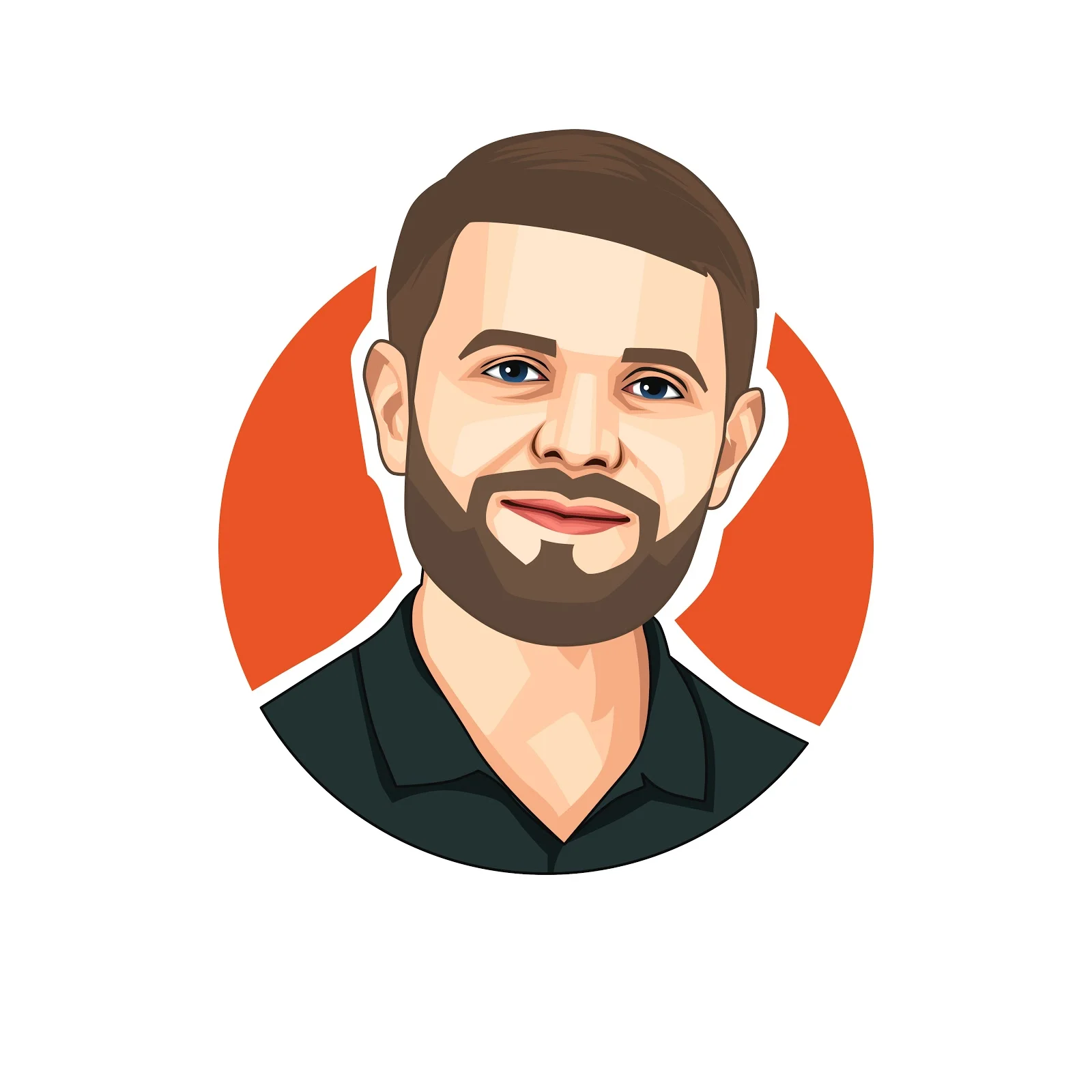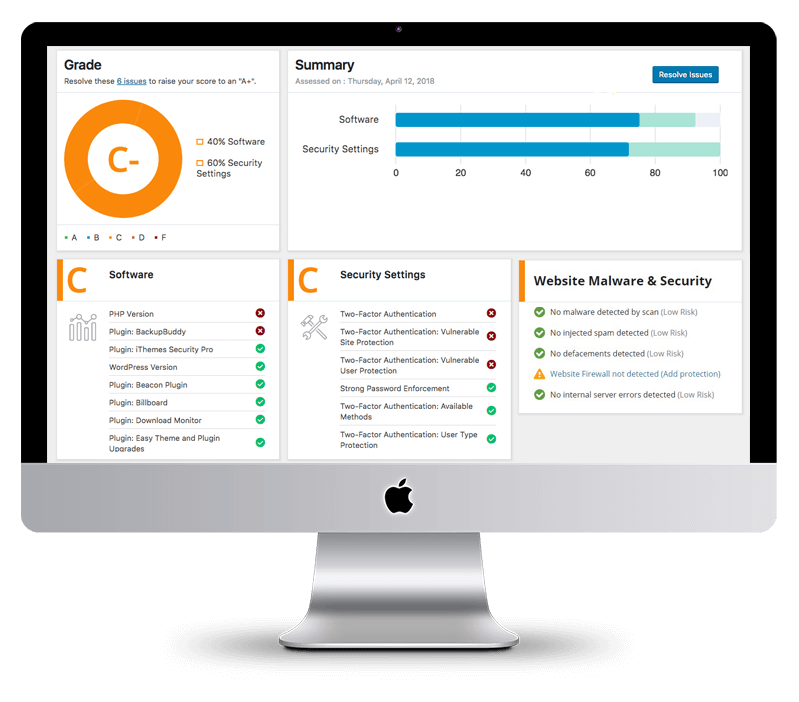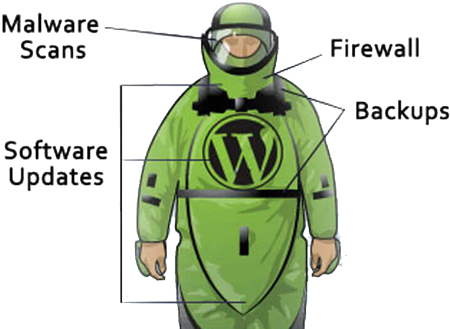Google’s latest evolution in search advertising, AI Max for Search, is here, and it’s poised to change how marketers approach Pay-Per-Click (PPC) campaigns. This isn’t just an update; it’s a significant shift that integrates existing AI-powered features into a more streamlined and potent tool. Early adopters are already seeing impressive results, with some doubling conversions and significantly cutting costs. This new functionality aims to amplify human expertise, not replace it, making it a vital tool for businesses looking to stay competitive in the digital ad space.
Understanding AI Max for Search
AI Max for Search isn’t a completely new campaign type. Instead, it’s a set of advanced functionalities added to standard search campaigns. It combines the power of broad match, AI-driven ad generation, and dynamic search ads into a single, cohesive package. This integration allows for more precise targeting and more relevant ad copy, ultimately leading to better ad performance and wider audience reach.
Key Takeaways
- AI Max for Search is an enhancement to existing search campaigns, not a new campaign type.
- It merges broad match, AI generative features, and dynamic search ads.
- The goal is to improve ad relevance, performance, and audience reach.
- It requires sufficient data to function optimally, making it more suitable for businesses with existing data.
- Cross-channel integration and optimized landing pages are crucial for success.
- A cautious, test-and-learn approach is recommended, especially for smaller businesses.
How AI Max for Search Works
At its core, AI Max for Search builds upon existing Google Ads features. It allows advertisers to utilize broad match keywords more effectively by going beyond simple keyword matching. For instance, if a user searches for "red midi dress," a campaign using AI Max could match this with a broader keyword like "red dress" if the AI determines it’s relevant, especially when combined with dynamic search elements. This means ad copy can be automatically tailored to match user searches, pulling information directly from landing pages to ensure maximum relevance and responsiveness.
This is essentially a consolidation of features that were previously available separately, now packaged to improve ad scores and prominence in search results. It aims to help advertisers achieve better visibility and click-through rates.
The Importance of Quality and Ad Scores
Google’s advertising system relies on a scoring mechanism to determine ad placement. This involves evaluating keywords, ad copy relevance, and landing page experience. Historically, this meant meticulous keyword research, creating single keyword ad groups (SKAGs) or single target ad groups (STAGs), and ensuring ad copy aligned perfectly with keywords and landing pages. The quality score and ad score directly influence an advertiser’s position in the auction, impacting visibility and cost.
AI Max for Search aims to simplify this process by using AI to manage many of these elements, theoretically leading to better scores and more favorable ad placements.
Rollout and Availability
AI Max for Search is currently in beta, meaning not all advertisers have access to it yet. However, Google has indicated that a wider rollout is expected in early Q3, likely around July or August. Once available, it will appear as a toggle within the setup of standard Google Search campaigns. While the core functionality is for search campaigns, its reach can extend to other platforms through display expansion on search ads.
Performance and Suitability
Google has released impressive figures for AI Max for Search, with some tests showing a 14% increase in conversions. L’Oréal, for example, reportedly doubled conversions while reducing their cost-per-acquisition (CPA) by 31%. These results are attributed to more relevant ads and improved targeting.
However, the effectiveness of AI Max for Search, like any AI-driven tool, depends heavily on the data available. Larger brands with extensive data histories are likely to see significant benefits. For smaller businesses or those with niche audiences and less data, a more cautious approach is advised. It’s recommended to start with a test environment, perhaps on mid-performing campaigns or products, rather than immediately shifting all budget from established campaigns.
Strategic Implementation and Cross-Channel Integration
Success with AI Max for Search isn’t just about turning on a new feature; it requires a holistic marketing strategy. This includes:
- SEO Foundations: Ensuring your website content is well-optimized for relevant keywords provides a strong base for AI to work with.
- Landing Page Optimization: High-quality, conversion-focused landing pages are critical, as AI Max pulls information from them to create relevant ads.
- Cross-Channel Strategy: Integrating AI Max for Search with other marketing efforts, such as SEO, content marketing, and email campaigns, creates a more robust and effective funnel.
- Data Integration: Feeding the AI with as much relevant data as possible, including CRM data, is key to improving its learning and decision-making capabilities.
AI Overviews and the Future of Search
The rise of AI Overviews and AI mode in search results is another significant shift. Google is actively integrating ads into these AI-generated summaries. To appear in these overviews, advertisers are encouraged to use broad match keywords, smart bidding strategies, and AI Max or Performance Max campaigns. This integration means that the way users interact with search results is changing, and advertisers need to adapt to ensure their ads are visible in these new formats.
Reporting and the Role of Human Oversight
One of the challenges with previous AI-driven campaigns, like Performance Max (PMax), has been the lack of detailed reporting. AI Max for Search is introducing new reporting insights, including information on placements and landing page URLs that contributed to specific AI-driven searches. This is a welcome development, potentially making some third-party scripts for data extraction obsolete.
Despite the advancements in AI, human oversight remains indispensable. PPC managers need to provide strategic direction, interpret data, and make informed decisions. The role is shifting from granular management of keywords and bids to a more strategic oversight, ensuring that AI tools are used effectively and aligned with broader business goals. It’s about feeding the machine with the right data and then guiding its performance through a feedback loop.
Recommendations for Marketers
For marketing leaders, the key is collaboration and strategic testing. Don’t simply hand over a budget and expect the AI to manage everything. Instead:
- Collaborate: Work closely with your PPC team or agency. Share insights, keyword research, and business goals.
- Test Cautiously: Set up A/B tests or dedicated experiments for AI Max for Search on mid-level campaigns.
- Optimize Landing Pages: Ensure your landing pages are relevant, user-friendly, and conversion-optimized.
- Integrate Channels: Connect your PPC efforts with SEO, content, and email marketing for a full-funnel approach.
- Feed the Machine: Provide ample, high-quality data to help the AI learn and perform better.
- Monitor and Adapt: Continuously review performance, interpret data, and make strategic adjustments.
AI Max for Search represents a significant step forward in PPC advertising. By understanding its capabilities and implementing it strategically, marketers can enhance their campaigns, reach wider audiences, and drive better results in the evolving landscape of search.

Rodney Laws is an ecommerce expert with over a decade of experience helping entrepreneurs build and grow online businesses. He specializes in reviewing ecommerce platforms, optimizing user experience, and guiding brands toward higher conversions. His insights have been published on leading industry sites including UsabilityGeek, G2, Spendesk, and PPC Hero.
As the editor at EcommercePlatforms.io, Rodney combines hands-on knowledge with clear, actionable advice to help business owners choose the right tools and strategies. When he’s not testing the latest software or analyzing trends, he’s sharing practical tips that make complex ecommerce decisions simple.




